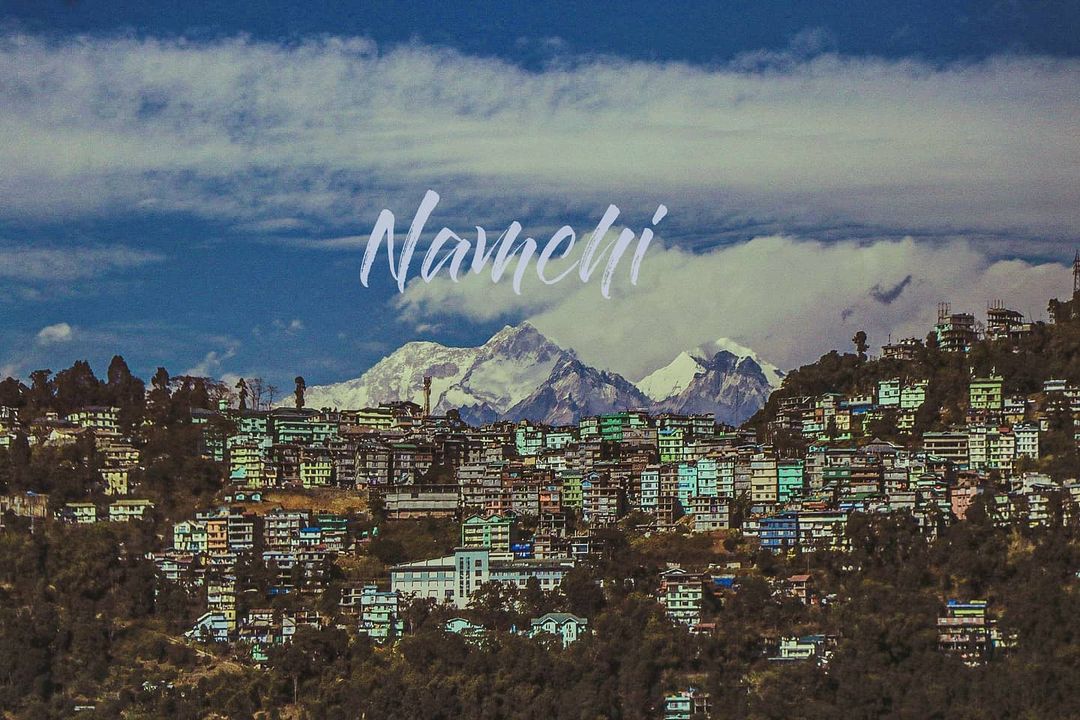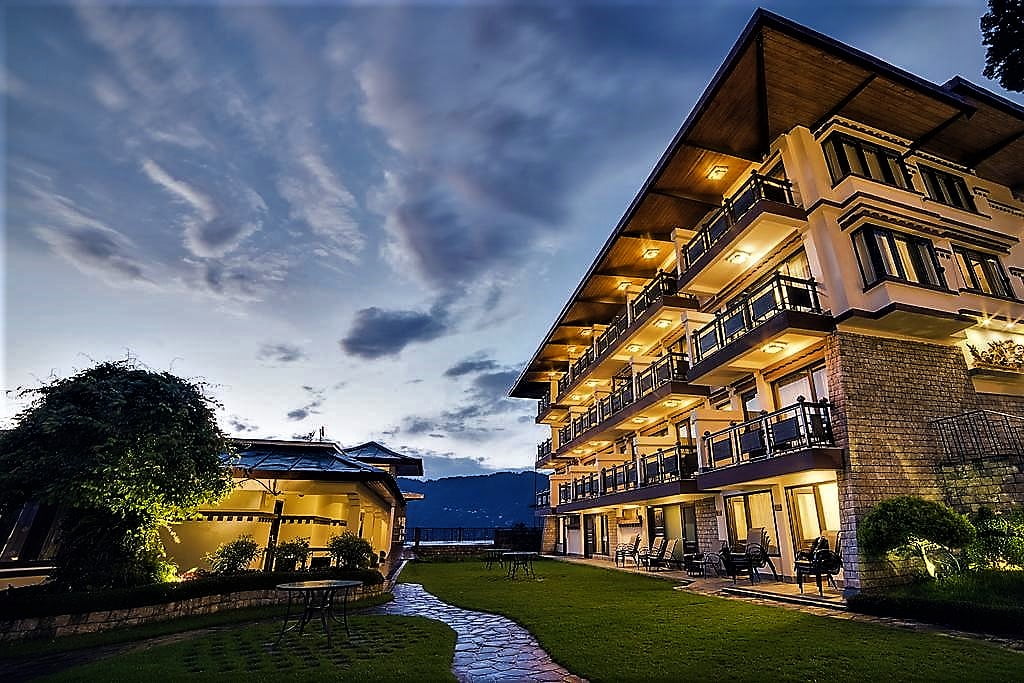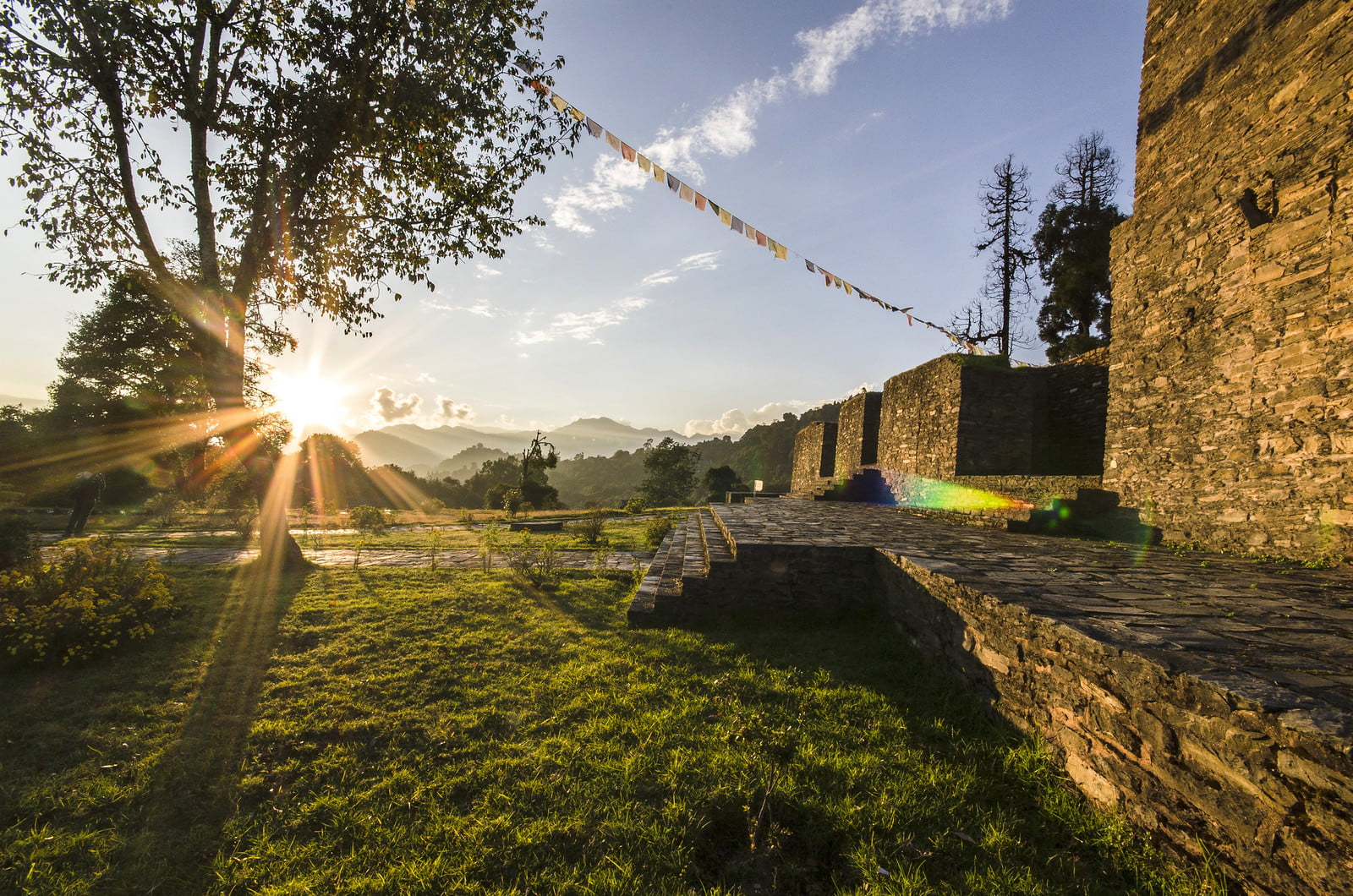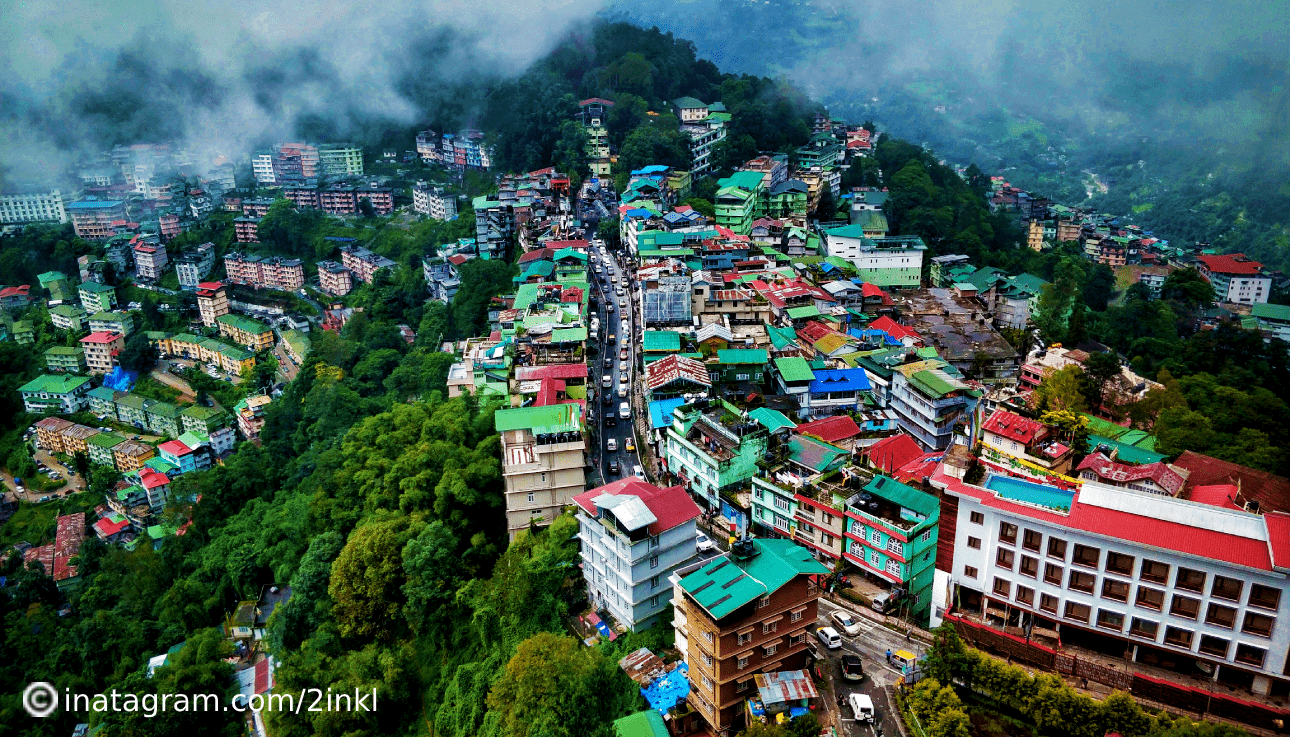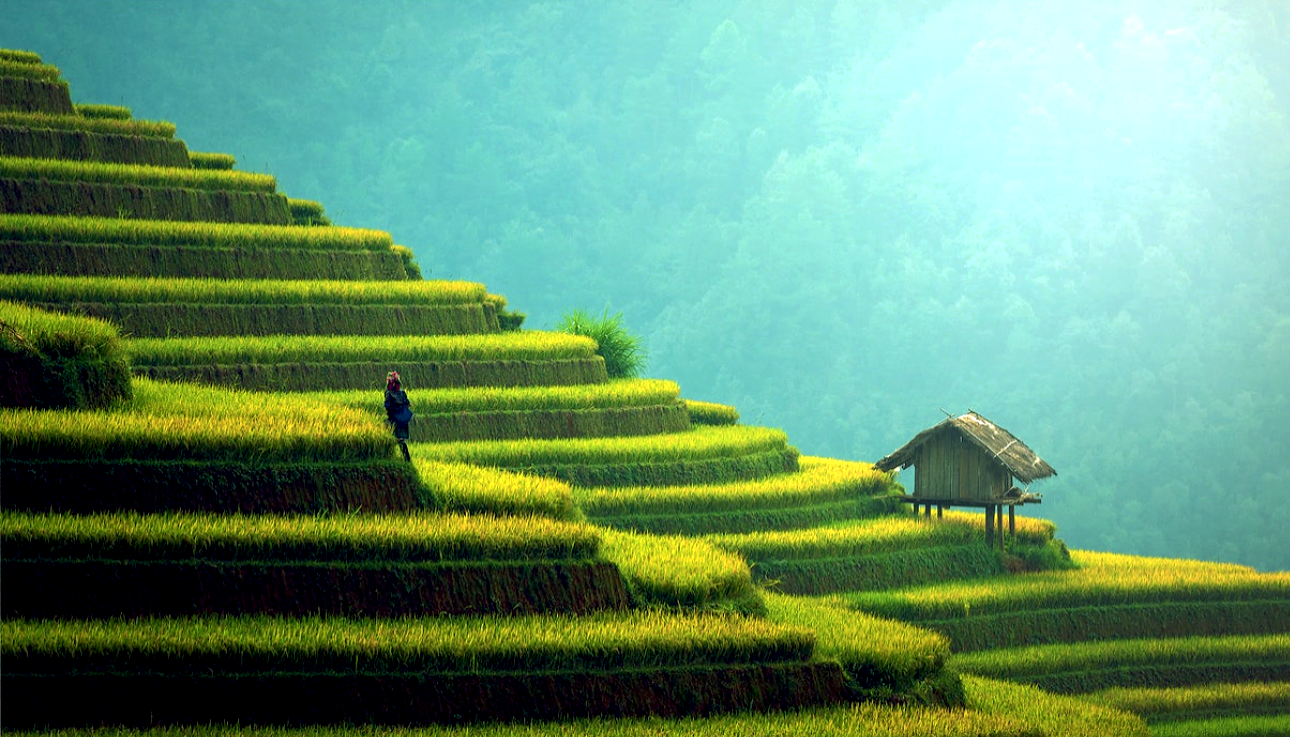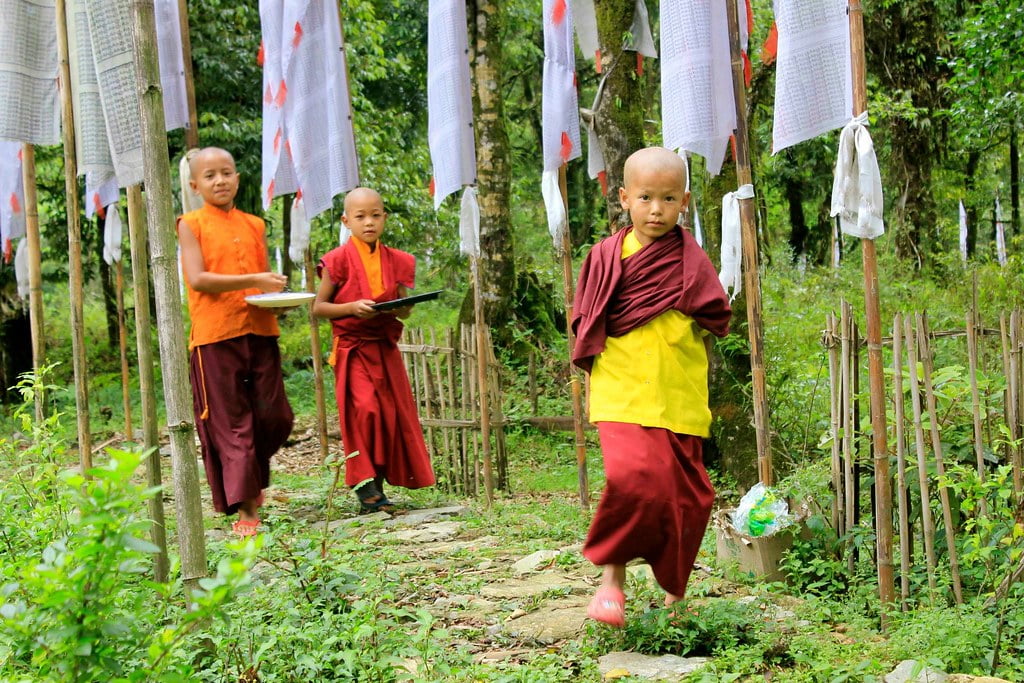Must-Have Foods in Sikkim – The Traveler’s Choice
Sikkimese cuisine is as multifarious as Sikkimese culture itself, comprising of various food from different culture and ethnicity. Failing to tantalize your taste buds with these delicious Must-Have Foods in Sikkim – The Traveler’s Choice, simply indicates that the visit is incomplete. Although, 88.3% Sikkimese chooses their meal as a non vegetarian, there is a significant amount of alternatives for the vegetarians. We have handpicked various eatable herbs, and shrubs for you to tantalize your taste buds next time you visit Sikkim.
Sikkimese cuisine comprise of various fermented ethnic foods.
Main dish – Must-Have Foods in Sikkim – The Traveler’s Choice
Considering that Sikkimese people are rice eaters, the main course of Sikkimese food consists mostly of rice, veggies and meat.
We have handpicked some must-have foods while you’re in Sikkim, and have listed them below.
- Dal Bhat Tarkari
Dal Bhat Tarkari is a traditional Nepali dish which consists of boiled rice, cooked lentils and mixed seasonal vegetables such as Rayo Saag (mustard greens), Iskus (Chayote or prickly squash), Niguro churpi (Fiddle head fern mixed with local cheese) etc. often accompanied by chilli, chutney or pickle of any kind.
- Tongba – A home-made alcoholic beverage
Tongba, a millet-based alcoholic beverage home-made in the north east mountainous region of India (Darjeeling, Sikkim and Kalimpong).
The traditional and indigenous drink of the Limbu, Yakkha, Rai, Sunuwar, Lepcha, Sherpa, and many other ethnic habitats of Sikkim, Darjeeling, Kalimpong and Nepal.
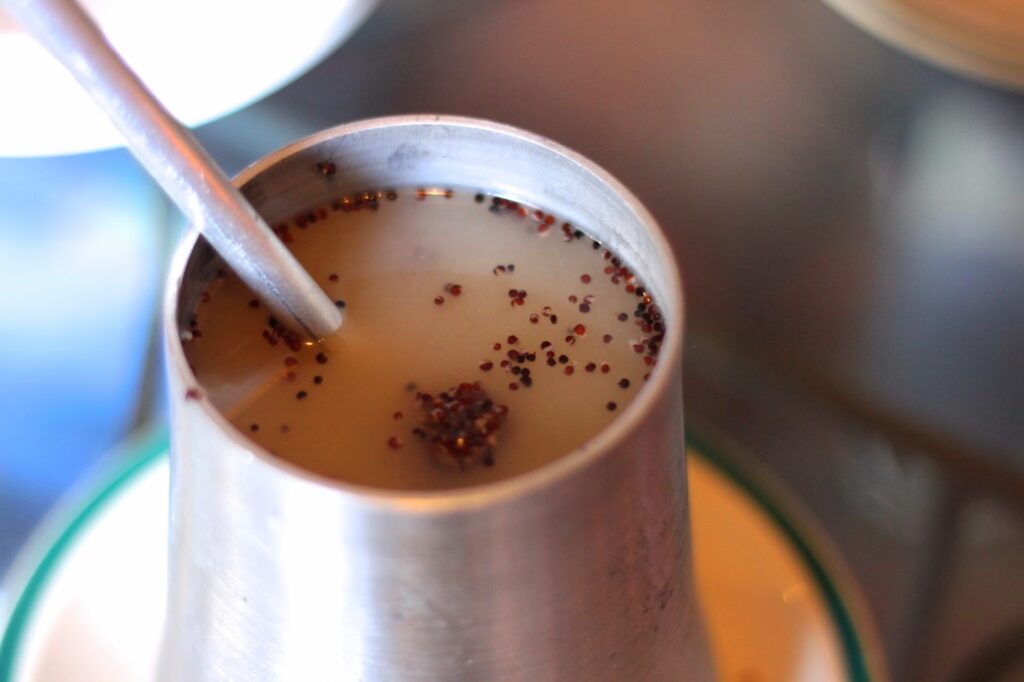
Image Source : Internet 
Image Source : Internet
- Dhido
Dhido a porridge or a pudding made by cooking millet flour, maize flour or buckwheat flour mixed with salt and water. Serves best with vegetables, pickles, buttermilk or curd or Gundruk soup. Very nutritious and a fulfilling dish.
- Wachipa
Wachipa is a Rai dish prepared by mixing fried rice with minced chicken and powder made from burnt chicken feathers which adds a unique bitter taste to the dish. It also has a vegetarian variety in which the meat and chicken feathers are replaced by leaves and flowers of Damlapa plant.
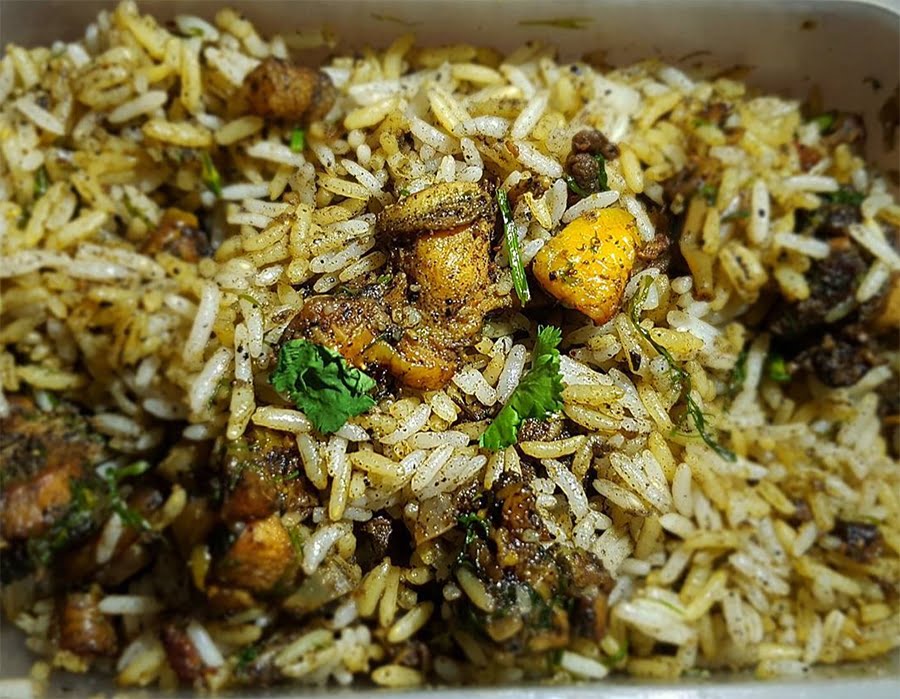
- Kodo Ko Roti
A pancake prepared from finger millet flour kneaded, rolled and heated in a pan is called Kodo Ko Roti. Serves best with varieties of pickles.
- Fapar Ko Roti
Buckwheat chapati or locally called Fapar Ko Roti.
The buckwheat flour paste is spread over a banana leaves after that, it is covered by another banana leaf and put on a pan. Usually serves best with pickles of various kind.
- Pakku
Pakku is a special mutton curry made my marinating mutton pieces and frying them in low heat often served with cooked rice or selroti
- Falki
Falki is a meat based dish of Gurung caste of nepali community. Preparation involves frying sheep legs with green boile-dried maize, onion, tomato, ginger and turmeric powder. Curry serves best with white rice.
- Chambray
Chambrey, a fried rice prepared from local rice, bay leaves and cinnamon. However, it’s first fried in ghee then boiled in water before being served. Serves best with gundruk ko achaar (spiced fermented greens).
More Foods.
- Thukpa
Thukpa known as Gya-thuk is a Tibetan style noodle soup and is one of the most popular dishes of Sikkim. Serves best with the soup prepared from onion, garlic, chilies and minced meat or vegetables as you please.
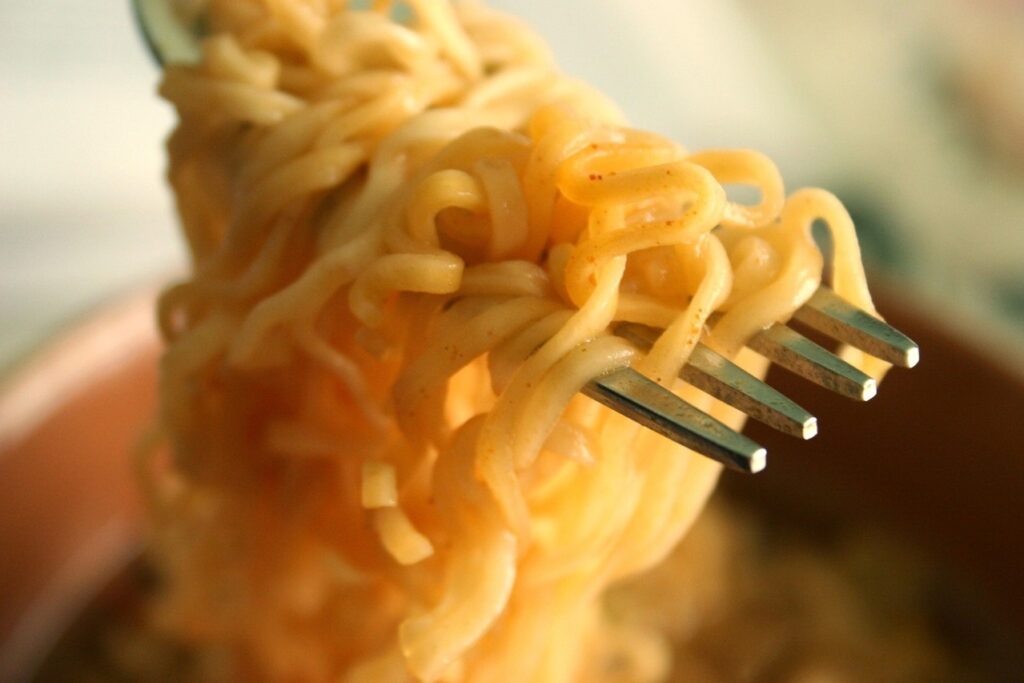
Image Source : Internet 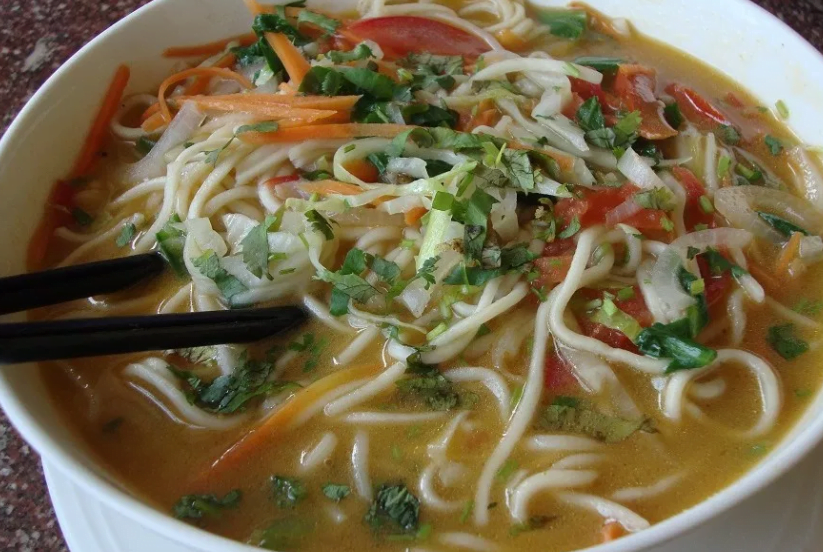
Image Source : Internet
- Ponguzhom
Ponguzhom is a traditional Lepcha dish. Preparation involves placing rice, fish or vegetables inside a bamboo. Covering the both ends of the bamboo and placing over the burning fire to let it cook until ready to serve.
- Sisnu Ko Saag (stinging Nettle greensand soup)
Rich in nutrients like Iron, vitamin A and C, Nettle greens or soup is one of the best foods of Sikkim. The tender leaves of Nettle are mildly dried in sun and cooked till gravy, in other words, they form a thick soup once cooked. It is best eaten combined with Timur (Szechuan) sauce and boiled rice.
- Chhwelaa
A typical dish common to the Newar caste of Nepali community in Sikkim. The process involves mixing of boiled and minced buffalo meat and paste of spices, fried deeply. Serves best with Chiura (Rice flakes).
- Sinki/ Gundruk
In order to prepare Sinki and Gundruk, we get the mustard leaves and raddish dried in sun for few hrs. The final product should be sour, therefore for proper fermentation to take place, the leaves and the raddish in then put in a container. The container is airtight and air cannot escape. After that at the end of 4 weeks the fermented raddish and mustard leaves have turned to Gundruk and Sinki.
Because of the bitter taste, Gundruk makes soup best, while Sinki makes best with potato curry.
We consider them as probiotics and good for gut flora, best known to help aid digestion.




